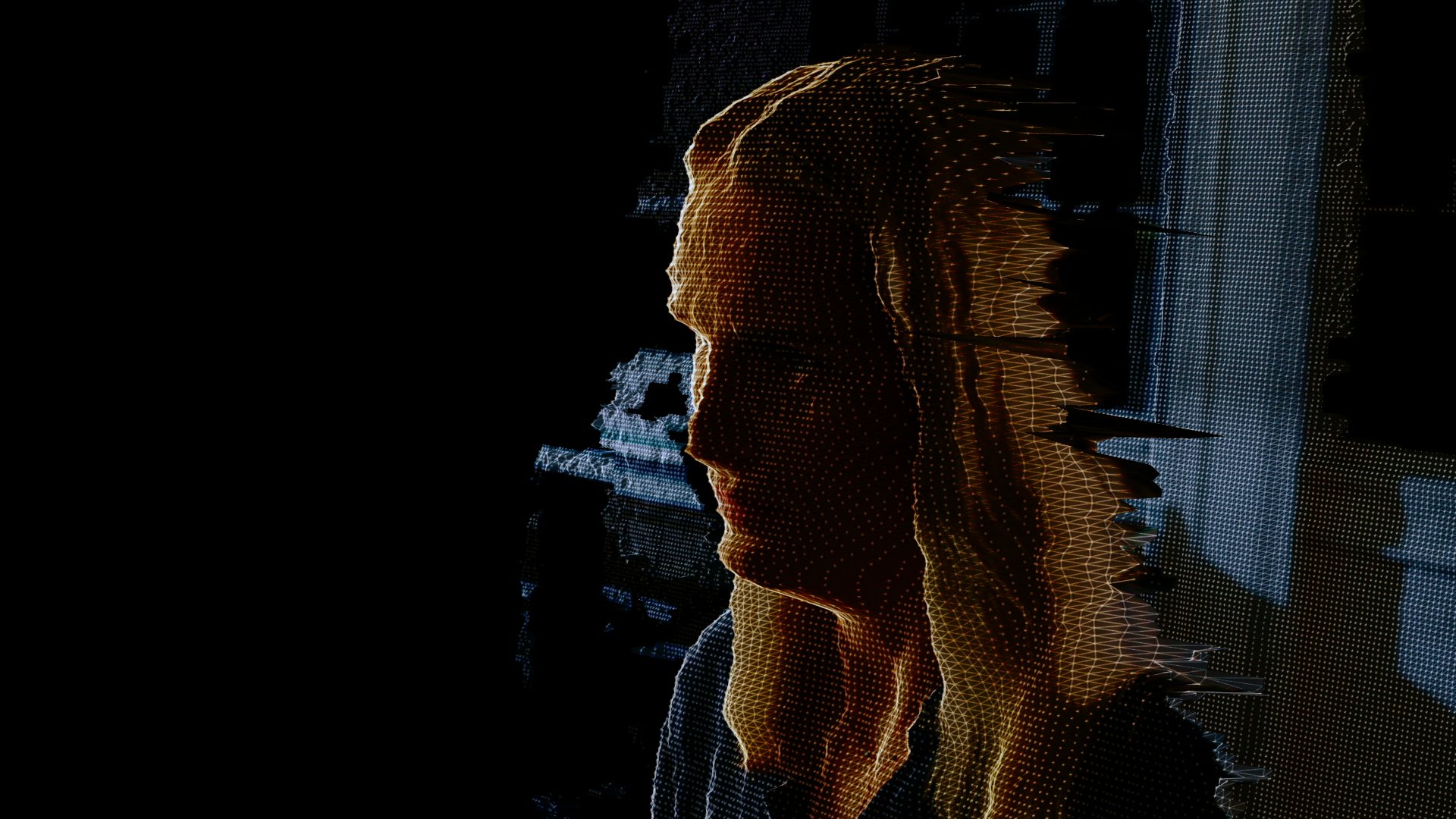An entire city’s electricity grid shut down. Millions of dollars worth of industrial equipment destroyed. Both executed with a few lines of computer code, leaving no trace as to the identity of the perpetrator. A futuristic nightmare? Perhaps not.
“Zero Days,” the new documentary from Oscar-winning filmmaker Alex Gibney (“Taxi to the Dark Side”), tells the terrifying and disturbing story of the Stuxnet virus, a computer worm created by the American and Israeli governments in an effort to sabotage Iran’s nuclear program. But while “Zero Days” is beautifully produced and brings to light information on an intriguing subject, it is clear that too much relevant information is classified. Gibney’s regurgitation of insignificant information is likely to leave viewers frustrated, with far too many questions unanswered.
The film opens in Iran, where the assassination of two nuclear scientists — combined with the destruction of many highly essential nuclear centrifuges — has left the country’s nuclear program in disarray. The centrifuges’ disintegration leave many in Iran asking: “What could have caused these machines to go awry?” Soon, the cause is suggested to have been the work of a joint American-Israeli covert operation. Gibney introduces the Stuxnet virus and the dangerous ramifications that the development of cyberwarfare can have on the future of war.
In order to give the viewer a deep understanding of the politics and historical relevance of Stuxnet, Gibney dedicates a significant portion of the first half to explaining Iran’s nuclear program and the international politics that led up to Stuxnet’s birth. However leaden this portion may be, it provides enough context for a broader understanding of the motivations of key players. As the puzzle pieces fall in place, we come to realize that Stuxnet is far more than a simple bug: It is a calculated move by political nation-states designed to prevent Iran from enriching their nuclear program.
The documentary is undoubtedly well-produced; its riveting visual effects and graphics effectively complement the fascinating story of Stuxnet. These visual effects help viewers to understand the complex nature of both the virus itself and the politics behind the entire operation.
Yet the biggest problem of “Zero Days” is its focus on so much classified information. Time and time again, we hear from intelligence officers and political officials say that they “know nothing” and that even if they did, they “cannot comment.” Although anonymous NSA, CIA and Mossad employees make appearances, commenting on the program, there is still so much hidden. This means that Gibney has to linger far too long on seemingly unimportant aspects of the operation, such as the in-depth history of a certain Russian antivirus company. With so much under wraps, viewers are left to fill in the gaps for themselves about the virus and operation.
The film’s un-clear-cut ending is also certain to frustrate many. A lot of questions remain unanswered, but at least Gibney is straightforward about it. Given the limitations of the available information, it is commendable that Gibney figured out how to portray Stuxnet from both a technical and political standpoint. Nevertheless, because of its shortcomings, “Zero Days” is truly only worth watching for its distinctive subject matter and interviews, which attempt to unravel the once-safely-guarded mysteries of cybersecurity.
“Zero Days” will be available at select theaters and on iTunes and Amazon on July 8.
Contact Andrew Choi atandrewyoonchoi ‘at’ gmail.com and Grace Lam at gracelam95122 ‘at’ gmail.com.
